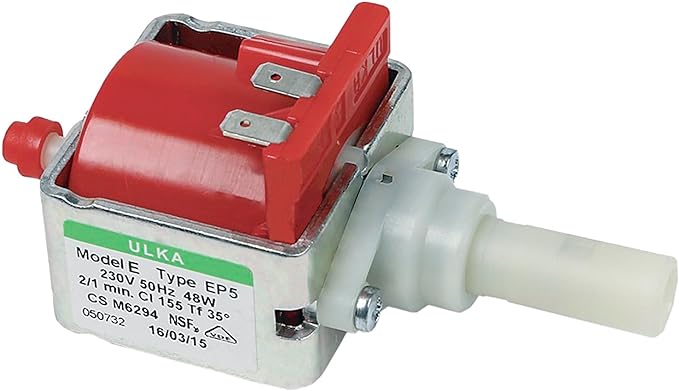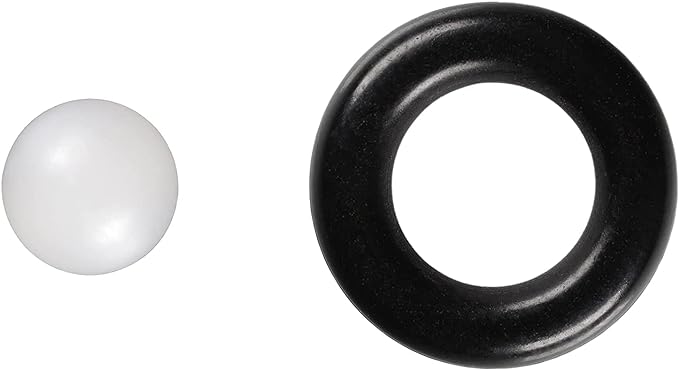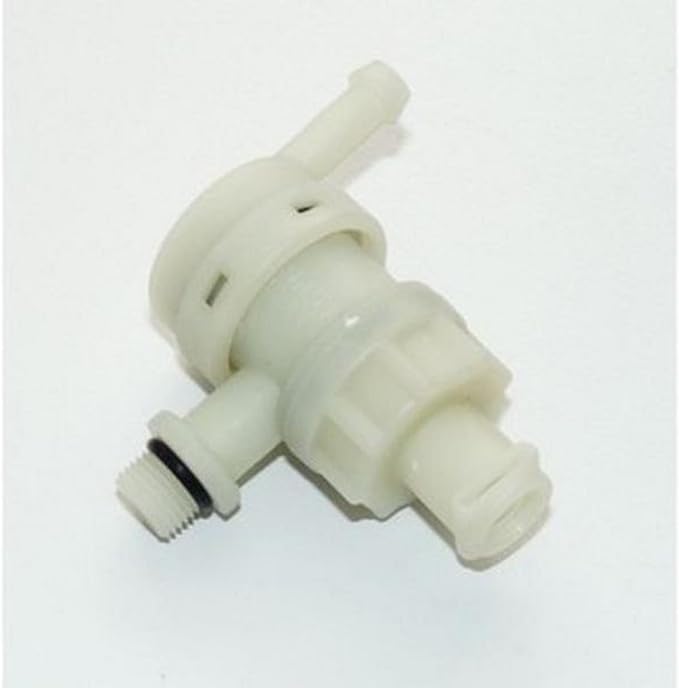No Pressure? 4 Reasons Your Espresso Machine is not Building Pressure
It happens to the best of us. Suddenly, or maybe gradually, our espresso machine is not able to deliver the pressure that it ought to. What’s going on here? Well, as a matter of fact, it can be several things, based on the machines that I have fixed, up to this point. Stick around, and let’s see if we can get to the bottom of this.
Reason 1: The pump
The first culprit people think of is often the pump. While this can eventually go bad, it DOES take quite a while for it to wear out. In fact, there are really only two wearable parts in the pump: the glass or plastic bead that impedes flow, and the rubber O gasket. As long as your pump is still making noise and sounds like it is trying to pump, it is probably still working to a degree. If your machine is getting on in age, you might consider doing a pump overhaul, which is easy to do, and will bring the compression of your pump back up to where it should be.
But, if it makes so sound anymore, then it is probably time to replace the pump entirely. Watch the video below to learn how to overhaul the pump. You can either overhaul it with a new bead, or you can buy a new one – they’re not expensive.
Reason 2: The OPV (Over Pressure Valve)
It may not be obvious, but the OPV or over pressure valve is often the reason for a lack of pressure. This is particularly the case for the Dedica and other Delonghi machines, in my experience. The reason is, because the OPV is essentially a diverter. It has one input, and two outputs. It receives the full pump pressure, and allows water under a certain pressure (i.e. 11 bar) to go to the brew group. The rest of the water is diverted back to either the water tank, or is bypassed back to the front of the pump.
Look for water bubbles rising up in your water tank, as a clear indication that your OPV is shot. If this is happening, that means that the OPV has failed, and needs to be replaced with a new one. They don’t cost much. Find yours below:
Reason 3: The water lines
Another contributor to a lack of pressure can be clogged water lines. Especially if you have majorly hard water, the scale can build up, unseen, inside the water lines of your machine. Think of a clogged artery. The same thing happens here, but with mineral scale. In this case, you will have to troubleshoot your machine step by step, first looking at the pump, then the OPV, and finally checking the lines to see where the bottleneck is.
Check the video below for a guide on how to localize your issue:
Reason 4: The Grind Size
It could also very well be the case that your machine will never build proper pressure if you’re using too coarse of an espresso grind, or if you’re using old beans. Since the beans themselves provide resistance, they need to be fresh in order to create enough pressure for a solid extraction.
Check the video below for a guide on how to localize your issue:



